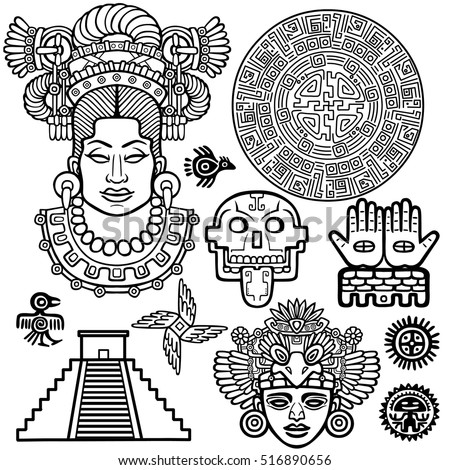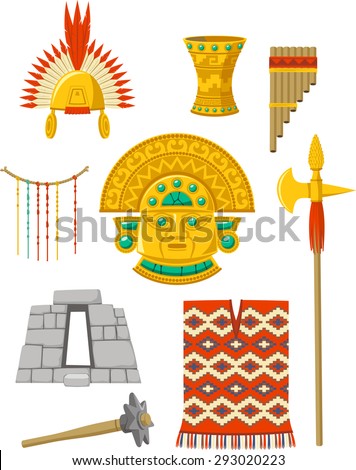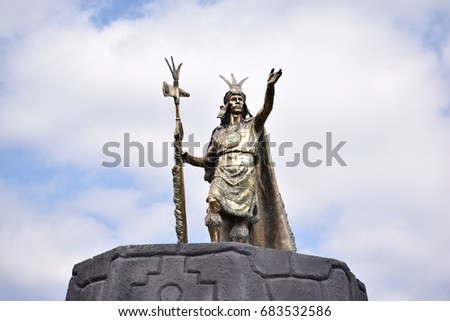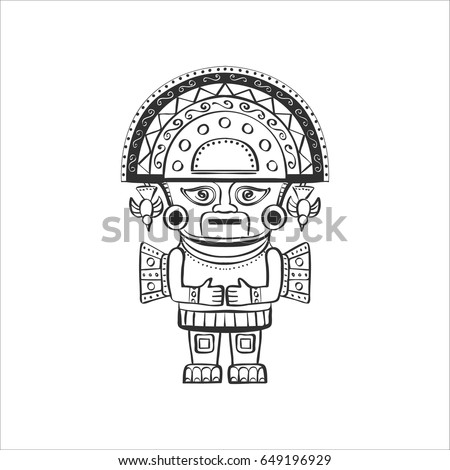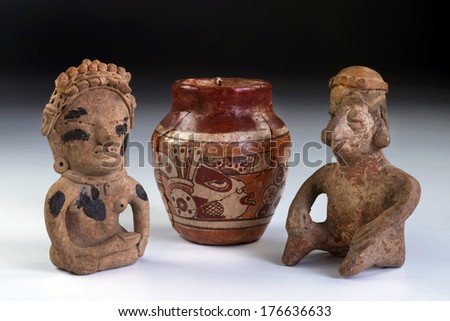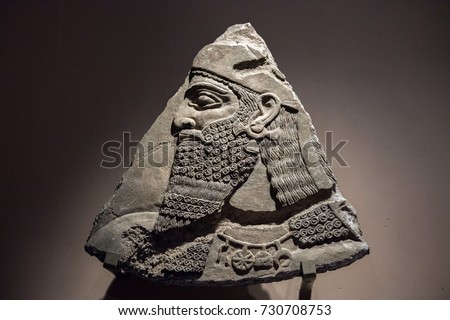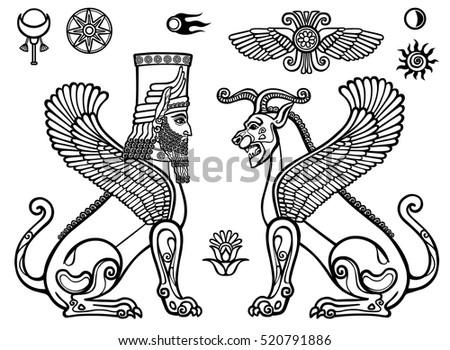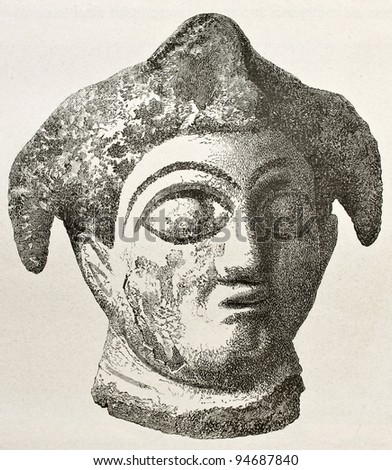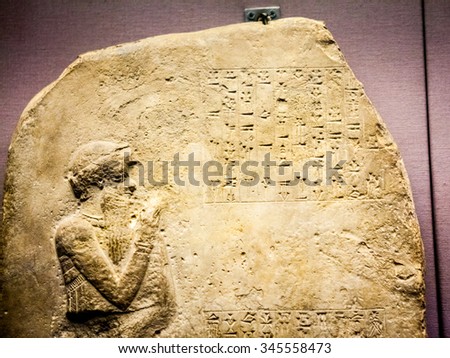The Enruscan (Etrusci) (Etruschi) (τυρσηνοί, τυρρηνοί) civilization was located in ancient Italy territory. They were before the Romans.
This civilization had its own society, culture, kings, laws, language, arts, mythology, and etc.
The Etruscan was before the Romans. They were during Iron and Bronze Ages.
Later the Etruscan were assimilated into Romans.
This civilization had many different things. There are ceramics, statues, jewelry, cities from the Etruscan.
Source of image:
https://www.shutterstock.com/es/image-vector/vector-illustration-hand-drawn-etruscan-alphabet-793582603
Source of image:https://www.istockphoto.com/es/foto/etrusco-tumba-gm1048233322-280385342
Source of image:
https://www.istockphoto.com/es/vector/estilo-de-vida-en-el-imperio-romano-trajes-de-la-antigua-roma-ilustraciones-gm1332804824-415540444















